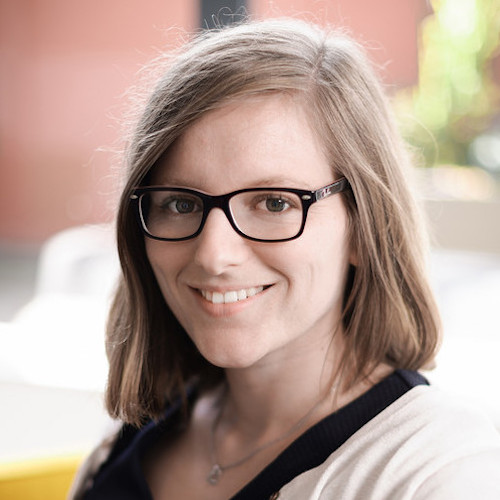My research focuses on machine learning and deep learning for medical applications. I enjoy working on methodological innovations that can directly impact patient care and improve the workflow of health care practitioners. I am especially interested in how automation can help reduce health care costs, both monetary costs burdening the health care system and non-monetary costs impacting patients’ and practitioners’ time and well-being. This page describes the main clinical applications I have worked on. Insights into methodologies are better represented in the linked publications.
Alzheimer’s disease
Starting with my PhD, I have worked on the early identification of subjects who are likely to develop Alzheimer’s diseases, targeting different stages and use cases. Firstly, I studied electronic health record to identify early signs of the disease in prescriptions and general practitioner diagnosis. The ultimate goal of this ongoing work is to automatically identify at risk patients to recommend the prescription of additional exams. Secondly, I have worked on lowering the recruitment cost for clinical trials targeting amyloidosis (abnormal protein build up), by proposing a pre-screening tool for selecting subjects having amyloidosis. I compared the impact of different feature choices in terms of performance and acquisition cost, leading to an estimated 20% decrease in recruitment cost on three data bases. Lastly, I am working on identifying at patients likely to develop Alzheimer’s disease among subject who already suffer from a mild cognitive impairment. In a review including 172 articles, I have identified current trends and methodological elements, including modality choice, that most impact performance. I proposed guidelines to ensure that the proposed model is relevant for clinical practice, and that performance evaluation reflects what can be achieved in clinical routine.
Collaboration: Aramis Lab (CNRS, Inria, Inserm, Sorbonne University, Paris Brain Institute)
Renal pathologies
I am currently collaborating with the University Hospital of Dijon on several related projects aiming to facilitate routine evaluation and clinical care in nephrology. We proposed a automatic neural network based tool to automatically segment kidney biopsies, and are leveraging it to further research on renal pathologies. The automatic segmentation was used to estimate inflammation in native and transplant kidney biopsies, and its potential to predict kidney function was evaluated. We also worked on automatically segmenting smaller structures inside glomerular cells and capillaries and assess their assessed their potential as a marker of transplant function.
Collaboration: University Hospital of Dijon, Chalon Sur Saône Hospital Center
Ovarian cancer
PARP inhibitors are cancer treatments used alongside chemotherapy and radiation therapy to improve therapy efficacy. They hinder DNA repair, slowing the repair of cancer cells damaged by therapy. PARP inhibitors have an effect only if the main repair pathway, homologous recombination, is deficient. The goal of this project is to automatically detect ovarian cancer patients who have this deficiency from their biopsies to facilitate PARP inhibitors prescription. This deficiency is currently detected through private genetic testing, resulting in a high economic burden on the health care system.
Collaboration: Centre Georges-François Leclerc (cancer research center in Dijon)
Scoliosis
Adolescent clinical scoliosis monitoring requires regular checkups, relying on 3D CT scans to visualize the 3D spine. The regular exposure of teenagers to radiations for these monitoring purposes however leads to an increase in cancer risk. EOS Imaging is a medical device company which aims at replacing CT scans by low-dose x-ray imaging, relying on 2D to 3D reconstruction to visualize the 3D spines using 2D x-ray images. The automation of this reconstruction pipeline uses statistical shapes models, which represent the 3D spine shape in a given population so as to constrain the construction to realistic spine shapes. I have worked on improving the statistical shape model in order to improve the reconstruction of spine shapes that are poorly represented in the training population. The goal of the project was to improve the robustness of the pipeline, making the use of x-ray imaging instead of CT scans possible for more patients without requiring manual input.
Collaboration: LIO - Imaging and Orthopaedics Research Laboratory (ETS, Montreal), University of Montreal Hospital Research Centre, EOS Imaging
